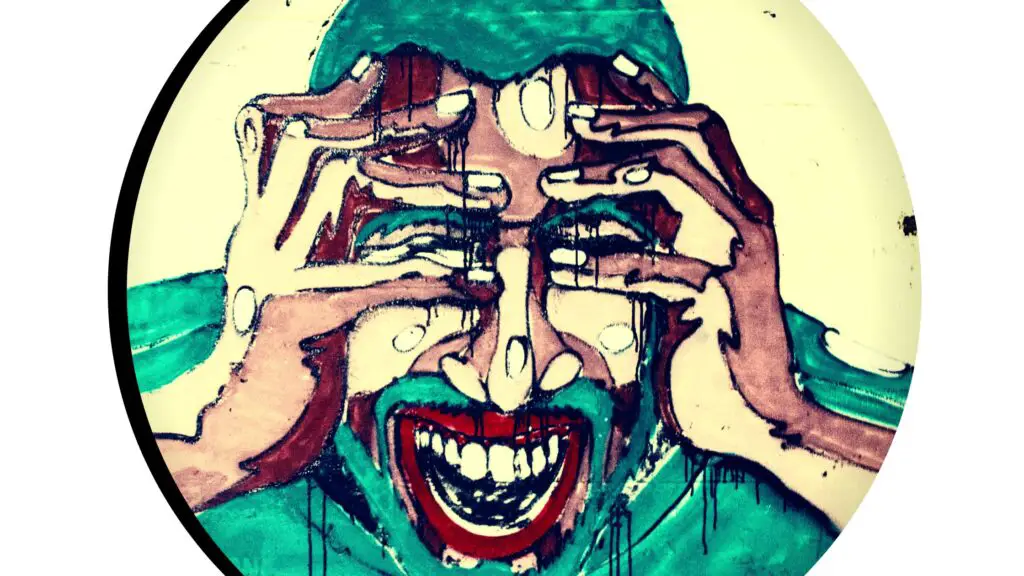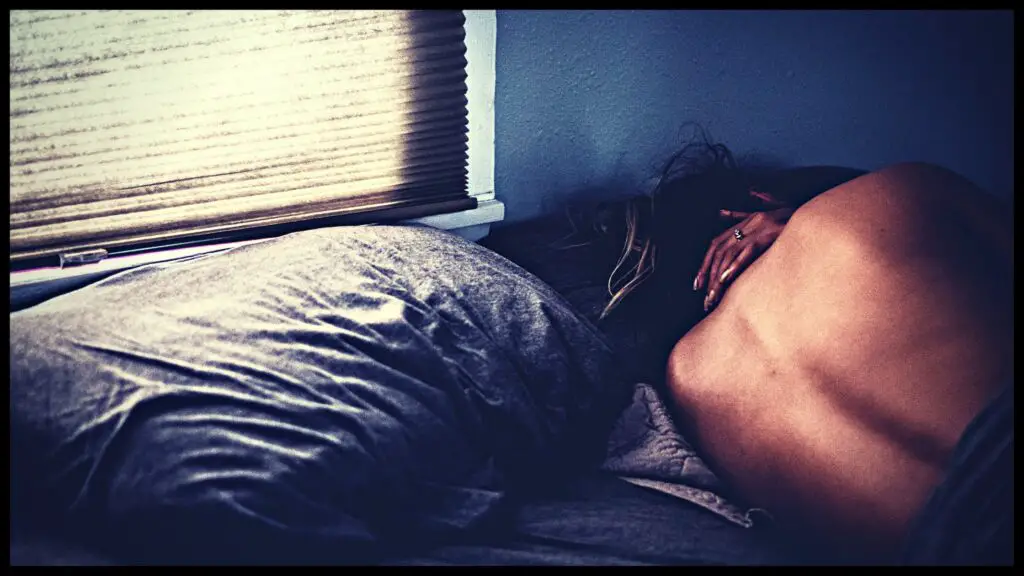Depression And Pain: Medication, Therapy (What You Should Know-) | Zilgist
Depression and Pain
Living with pain is difficult. Add to the fact that depression is one of the most prevalent issues that individuals with chronic pain experience (both depression and pain), and the weight becomes much greater.
Depression may amplify pain and make it more difficult to manage.
The good news is that chronic pain and depression are not mutually exclusive. Effective treatments can alleviate depression and pain more bearable.
You’re not alone if you suffer from chronic pain and despair. This is due to the fact that chronic depression and pain are both prevalent issues that frequently overlap.
Depression is one of the most common mental health issues that people with chronic pain face, and it frequently complicates the patient’s condition and treatment.
Researchers formerly felt it was mainstream psychological and not biological elements that create the mutual link between pain, anxiety, and depression “depression and pain.”
Chronic pain is sad and physically uncomfortable may also experience significant despair.
However, as researchers have learned more about how the brain functions and the interaction of the nervous system with other bodily components, pain is shared with anxiety and depression in certain molecular pathways.
Some of this interaction adds to shared anatomy. The somatosensory cortex (a portion of the brain that processes feelings like touch) interacts with the amygdala and the hypothecal gyrus (area).
Two neurotransmitters — serotonin and norepinephrine — contribute to brain and nervous system pain signals. They are also involved in anxiety and sadness.
Treatment is difficult when anxiety or depression overlaps with pain. Concentrating on pain might obscure a physician and the patient’s understanding that there is also a psychological illness.
They can still be difficult to treat, even if both types of problems are properly diagnosed.
The research found a variety of possible therapeutic alternatives in combination with anxiety or depression when pain arises.
In the US, nearly 32 million people experience pain lasting more than one year, according to the American Pain Foundation.
More than half of those who complain to their physicians about pain are depressed.
On average, 65% of depressed persons are complaining of discomfort.
People whose pain restricts their freedom are prone to be depressed in particular.
Since depression is commonly misdiagnosed in individuals with chronic pain, it is typically mistreated.
The symptoms of pain and complaints will be the focus of most visits by doctors.
The consequence is sleep disorders, loss of appetite, energy shortages, and decreased physical activity – all of which might exacerbate pain.

Treating Depression And Pain
Pain and sadness may impact the whole life of a person. An optimal strategy to the therapy of all life areas impacted by depression and pain is therefore taken.
It makes logical to overlap their therapies due to the link between chronic depression and pain.
Physical Activity
Many folks with pain prevent workouts. physical activity “Chronic pain cannot be distinguished from good exercise discomfort,” Feinberg adds. However, the less you do, the more you get out of form.
This implies that you are more vulnerable to injury and discomfort.
This cycle needs to be breached. “We now know that moderate physical exercise is a key element of chronic pain management,” Thorn said. All with chronic pain have some type of activity that can and should.
Consult a doctor to develop a safe and efficient workout regimen.
Read: Ketamines For Depression: 1M Things You Should Know | Zilgist

Health of Mind and Spirit
Chronic pain changes the way you’re used to living, working, and playing. Sometimes, that may affect how you perceive yourself.
“When someone begins to assume the identity of a ‘chronic pain patient with disabilities,’ there is significant fear that they’re falling into suffering and becoming victims,” Thorn adds.
Combating this is a crucial therapy element. “There end up sitting among people with chronic pain,” Feinberg adds, leading to a passive mood. “The greatest way to become active is to take control of people.”
The success recipe includes working with a health care professional who refuses to regard you as a helpless victim.
Read: Ketamines For Depression: 1M Things You Should Know | Zilgist

Depression And Pain: Pain Cognitive Therapy
Is the “mind over matter” something like that? Can you “think” out of the pain?
While the study demonstrates clearly that some forms of mental training do increase pain for regular individuals. It’s hard to accept.
Cognitive therapy is one technique. In prognostic treatment, a person learns to recognize that the persistent pain surrounds the negative “automatic thinking.” Often these ideas are distortions of reality.
Cognitive therapy can educate an individual on how to modify these habits of thought and enhance pain experience.
Depression And Pain: Lastly
“The whole notion is that the way you deal with chronic pain, your thoughts and feelings have a tremendous effect,” Thorn said.
In one Thorn research, “95% of patients believed they have improved their life, and 50% claimed they have fewer pains” at the end of a 10-week cognitive treatment program.
“Many participants also lowered their medicines need,” she says.
Check out your doctor and inform them that you want to acquire control of your persistent discomfort. Be aware that the optimum pain management strategy is multidisciplinary when you develop a plan.
This implies that it will cover all areas of your pain-affected life. If your doctor does not train himself in the treatment of pain, ask him to contact you.



Post a Comment